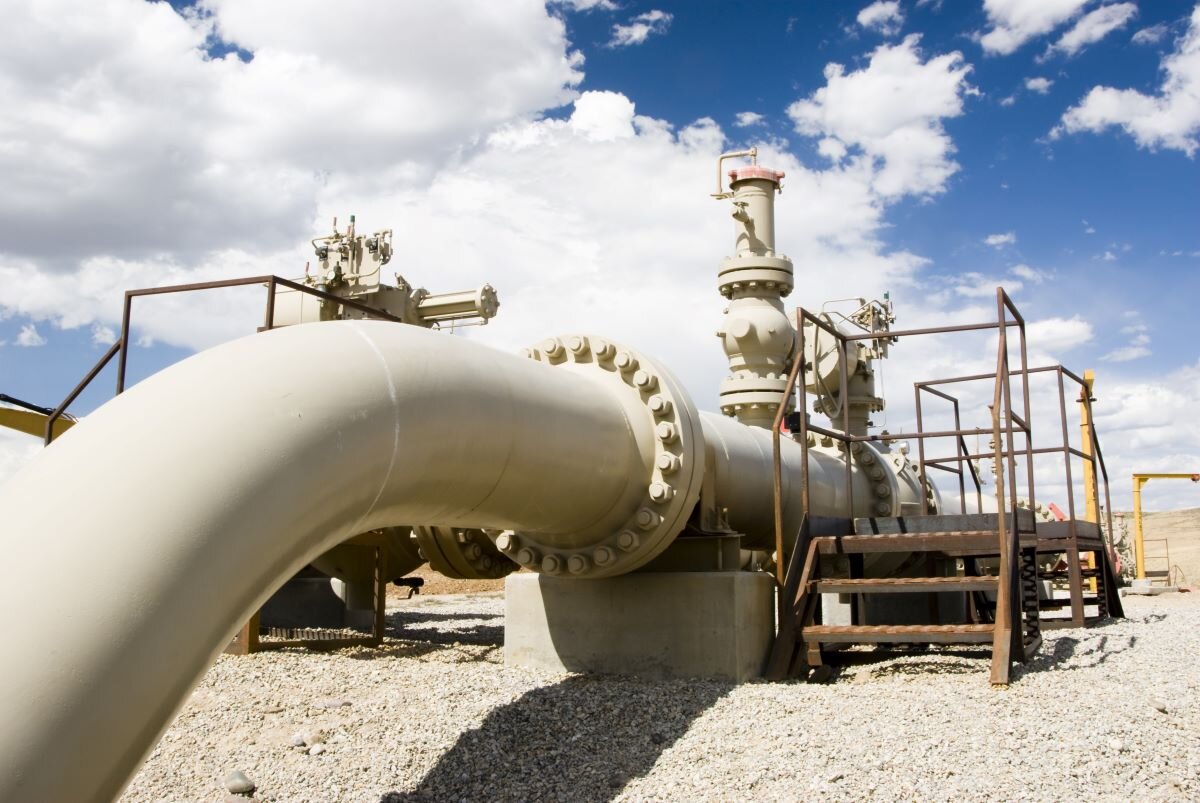Recent headlines have called attention to a shortage of gas worldwide. A range of factors are behind the crunch, from increased usage following pandemic shutdowns, to low storage levels in Europe and increased demand from China, the world’s largest importer. Observers have also accused Russia of not increasing supply. The effects have been milder in the US but are not going unnoticed. Nearly half of US households that heat with gas will spend a third more this season compared to last winter.
To address rising prices, the European Commission announced a set of proposals that member states can implement to help households and businesses in the short term. However, Commission President Ursula von der Leyen has stressed that the best solution is for Europe to accelerate its transition away from fossil fuels. Instead of letting the shortage deter its shift to clean energy, the EU has highlighted the energy transition as an opportunity to reduce Europe’s dependence on volatile energy markets.
In July, leaders in Brussels passed a law requiring the EU to achieve a 55% reduction in greenhouse gas emissions by 2030 compared to 1990, and net zero emissions by 2050. Measures making their way through the EU policymaking process will help ensure the EU achieves the reductions necessary across multiple sectors. What will these targets mean for the future of gas in Europe? The International Energy Agency found that energy efficiency improvements and the expansion of clean energy consistent with the EU’s targets will result in gas demand falling 20% by 2030, and a peak in gas imports by the mid-2020s. The European Commission recently adopted a legislative proposal that aims to create the conditions for the gradual phase-out of fossil gas, and targets 2049 as the end date for all long-term contracts. As Europe reduces its dependence on fossil fuels, Member States will be less susceptible to supply reductions and price spikes. And by being a first mover, the EU will be on the cutting edge of the green economy.
The EU’s commitment to reducing its reliance on gas holds lessons for the US
First, as the EU reduces its reliance on gas, its demand for gas imports will decrease. The US has risen to become a key supplier of liquified natural gas (LNG) to the region. European imports accounted for between one third and one half of US LNG exports at various points in 2021, and shipments to Europe are up amid the current shortage. However, as overall demand declines, US LNG will likely be at a disadvantage in an increasingly smaller market compared to alternative gas supplies with lower marginal costs.
Second, the EU’s trajectory toward a gas phase-out should give pause to transatlantic initiatives focused on expanding gas infrastructure. Gas projects risk becoming stranded assets or locking in a high-carbon future that conflicts with the emissions reductions required under EU law. The US-supported Three Seas Initiative (3SI), which under the Trump administration promoted the development of gas infrastructure in central and eastern Europe, stands out as an area of opportunity. By prioritizing energy efficiency and clean energy as core elements of 3SI, central and eastern European countries and the US can reduce future financial risk, and better place the region on a pathway toward energy security and decarbonization.
Finally, the US will miss a critical opportunity unless it accelerates its own energy transition. The clean energy incentives included in the Build Back Better Act would bring about significant benefits in job growth and international competitiveness, and enable the US to set an example for other countries to follow. Investments in energy efficiency and clean energy will also help protect households and businesses from increases in fuel prices linked to global markets.
Transitioning to clean energy would be cost-effective. The US Department of Energy found that a shift to a clean electricity grid could be achieved without increases in electricity prices, and that the benefits would result in savings of $1.7 trillion due to improved public health and avoided climate damages.



